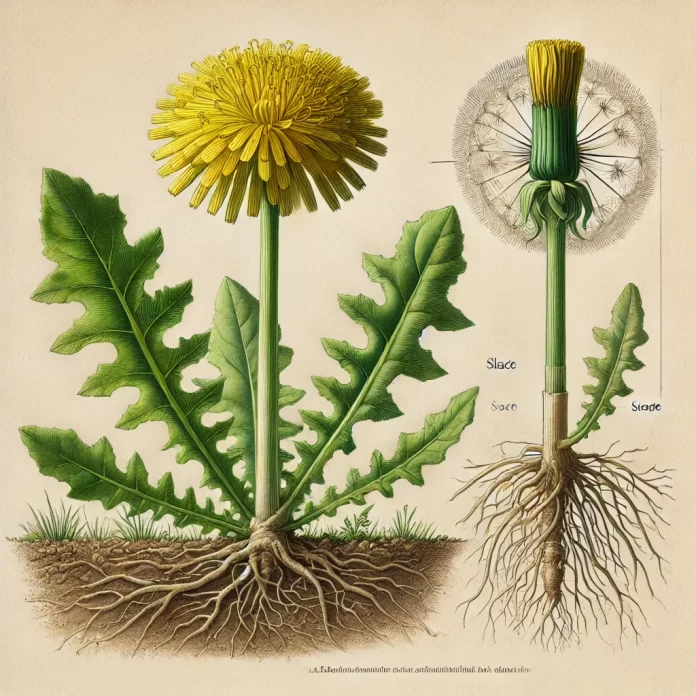An acaulescent plant is one that appears to lack a stem or has an extremely short stem, often with leaves growing directly from the base or from a rosette at ground level. While the stem may not be visible above ground, some acaulescent plants may have an underground stem, such as a rhizome, corm, or bulb.
Characteristics
- Leaves are arranged in a basal rosette or grow directly from the base of the plant.
- Stems, if present, are either very short or entirely subterranean.
- Flowers may grow on a separate flowering stalk (scape) that emerges from the base.
Examples of Acaulescent Plants
- Dandelion (Taraxacum officinale): Produces leaves in a basal rosette with flowering scapes.
- Primroses (Primula spp.): Have short stems and basal leaves.
- African Violet (Saintpaulia spp.): Acaulescent with a compact growth habit.
Adaptive Significance
Acaulescent growth can be an adaptation to certain environmental conditions, such as:
- Protection from herbivory by keeping foliage close to the ground.
- Efficient water retention in arid climates.
- Reduced exposure to wind in open environments.
Tip: Acaulescent plants are excellent for low-maintenance garden designs and can be paired with taller species for contrasting height effects.




